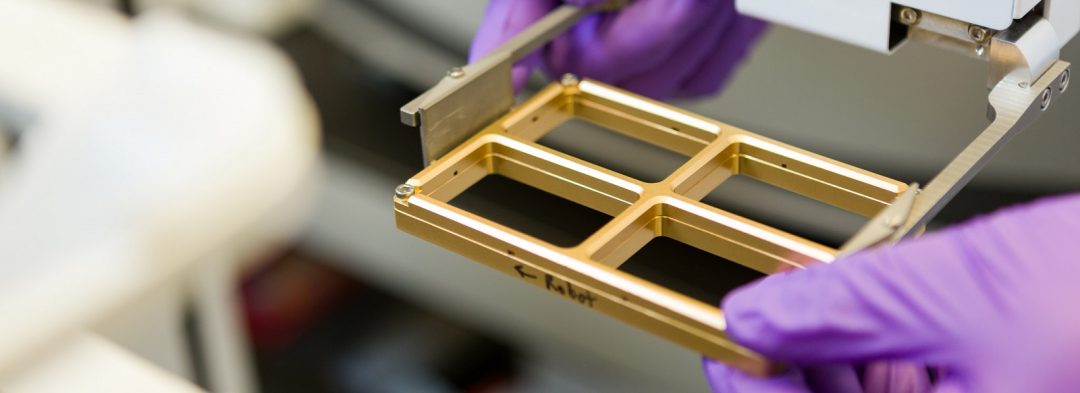Kebotix, a technology company ushering in the future of new materials discovery, came out of stealth mode with a $5 million seed round led by One Way Ventures. Investors also include Baidu Ventures, an independent venture fund with backing and resources from Baidu; Boston-based Flybridge Capital Partners; Los Angeles-based Embark Ventures; Norway-based Propagator Ventures; and New York-based WorldQuant Ventures.
Developing the world’s first self-driving lab for materials discovery powered by artificial intelligence (AI) and robotics, Kebotix is committed to accelerating the exploration, discovery, applications, and production of new molecules and materials.
“We are building the materials company of the 21st century because how scientists discover new materials has not evolved since the 18th century,” said CEO Dr. Jill S. Becker. “Being stuck in the 18th century significantly adds to the challenge of tackling climate change, antibiotic-resistant bacteria, water pollution, and other urgent problems facing the world today.”
Founded by a group of experienced researchers from Harvard University, the new company has developed the world’s first and biggest AI brain for chemistry and materials, based on research conducted by the founders while at Harvard. Kebotix’s self-driving lab for materials discovery combining AI decision making with laboratory robotic platforms, condenses the research cycle from a decade to a period of months, as the company believes. The Kebotix system, the AI and robotics reiterative closed loop, could rapidly and efficiently processes enormous amounts of complex molecular data to discover new materials or generate new formulations of particular products with desired target properties.
“The top five producers of materials have combined sales of over $210 billion with large-scale production and established supply chains, but are too slow in innovating,” said Becker. “With the world’s first and only AI-driven, fully integrated lab system for materials discovery, Kebotix aims to reinvent the $800 billion global materials market.” It will be interesting to see the results in the future.
Image credit: National Center for Advancing Translational Sciences

















